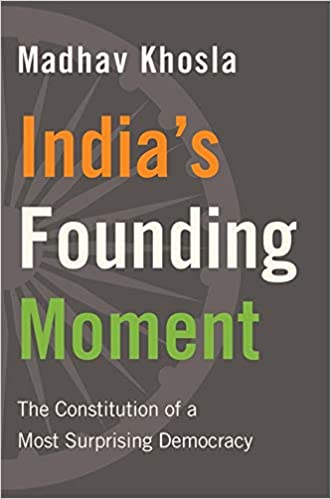India'S Founding Moment
Availability :
In Stock
₹ 449.25
M.R.P.:₹ 599
You
Save: ₹149.75 (25.00% OFF)
(Inclusive
of all taxes)
Delivery:
₹ 0.00 Delivery charge
Author:
Khosla Madhav
Publisher:
Harvard University Press
Edition:
Fri Jan 10 2020 00:00:00 GMT+0000 (Coordinated Universal Time)
ISBN-13:
9780674247987
Publishing Year:
Fri Jan 10 2020 00:00:00 GMT+0000 (Coordinated Universal Time)
No. of Pages:
240
Weight:
470
Language:
Unknown
Book Binding:
Hardcover











